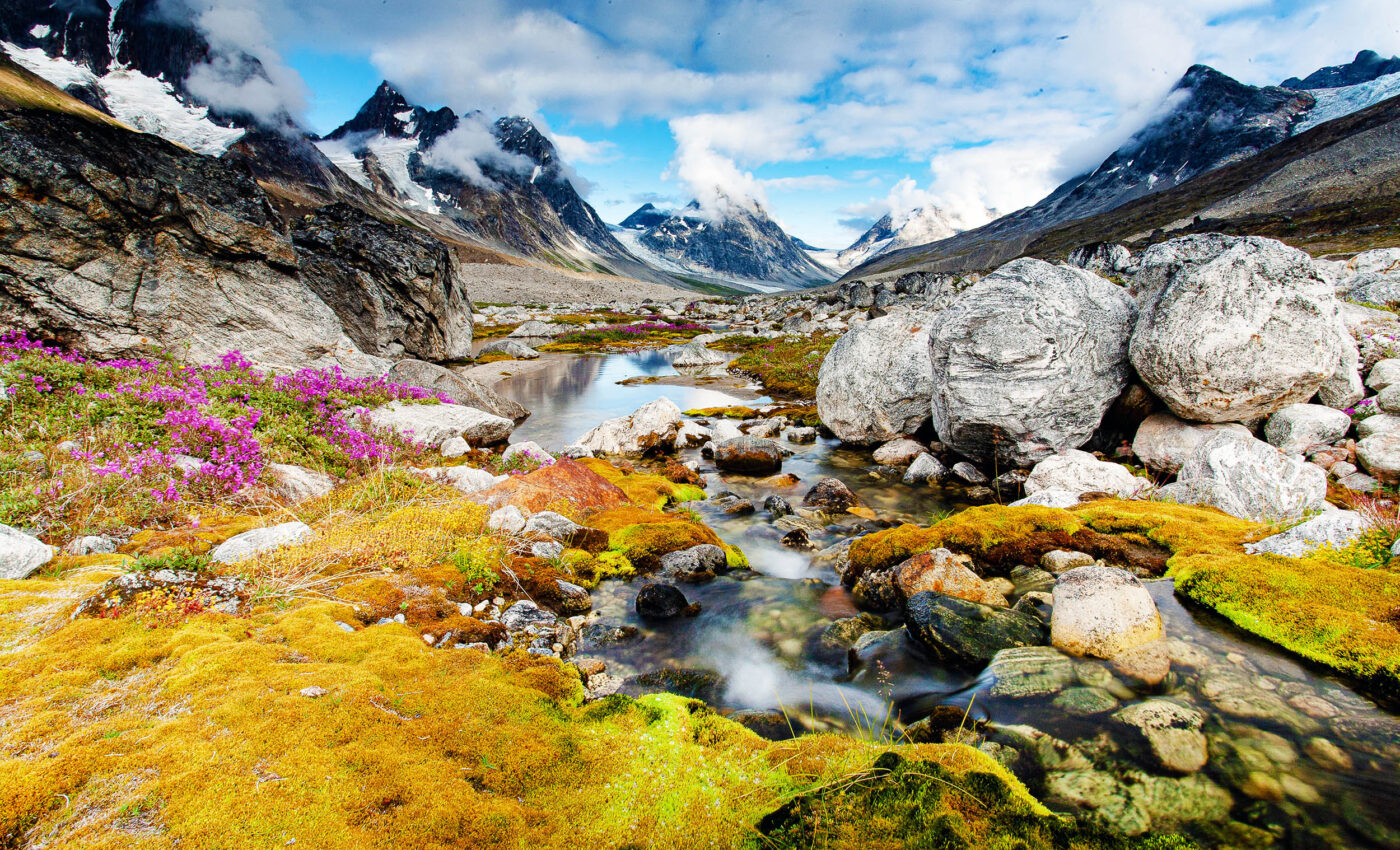
Greenland absorbs more methane than it emits, surprising scientists
Researchers made a surprising discovery regarding Greenland’s impact on the global methane budget, challenging the long-held notion of the Arctic as a potential methane bomb due to climate change.
The study from the University of Copenhagen, conducted by the Department of Geosciences and Natural Resource Management, reveals that Greenland’s dry landscapes absorb more methane than its wet areas emit, making it a net methane sink rather than a source.
Uncovering the methane dynamics of Greenland
Greenland’s unique position in the methane cycle comes from its dry, ice-free landscapes, which, since 2000, have been absorbing over 65,000 tons of methane annually, in stark contrast to the 9,000 tons released by its wet areas.
This discovery is attributed to the island’s sparse dry landscapes and relatively recent ice-free status post the last ice age, which left it with minimal carbon deposits that could turn into methane emissions.
“This is partly due to Greenland’s widespread dry landscapes, where methane from the atmosphere is consumed into the upper layers of soil, and partly because the ice-free parts of Greenland have only been without ice since the last ice age, meaning that they never stored much carbon, which could lead to large methane emissions, as can be measured elsewhere in the Arctic,” says Professor Bo Elberling, who led the study.
Outsized role played by microbes
The key players in this process are specialized microorganisms residing in the upper soil layers of Arctic terrains.
These microbes convert atmospheric methane into carbon dioxide — a greenhouse gas with a significantly lesser warming effect — thereby contributing positively to climate dynamics.
This microbial action not only highlights the crucial role of biological factors in the methane cycle but also underlines the importance of soil conditions such as nutrient availability, acidity, and the presence of copper for optimal methane uptake.
First author Ludovica D’Imperio emphasizes the study’s contribution to understanding the delicate balance of methane emissions and absorptions in polar regions.
“Our work also sheds light on the conditions that, in addition to the climate, are crucial for methane uptake in Greenland. Based on our statistical model, we can conclude that it depends on the presence of the right microorganisms, soil acidity and copper — knowledge that we were previously uncertain about,” D’Imperio explains.
Implications for global climate models
The team’s findings point to a potential increase in methane uptake as Greenland’s climate continues to evolve, offering a silver lining amidst the broader challenges of global climate change.
However, the researchers caution against overestimating Greenland’s role in the global methane budget.
“Our research and that of others in the field helps to increase our understanding of the complex processes that are critical for the global methane budget,” Elberling says.
“The budgets will be used both now and in the future to develop models that can provide a more accurate picture of the significance of global methane uptake,” he explained further.
Despite its contribution to reducing atmospheric methane, Greenland’s impact is relatively small compared to the vast methane sources in other parts of the Arctic and globally, particularly in Siberian wetlands.
“We had just managed to demonstrate that methane uptake occurs in dry Siberian soils as well, but more studies will be needed in Siberia to provide a methane budget similar to what we now have for Greenland,” says Elberling.
“Still, we have advanced considerably with similar studies in cold regions in Tibet, for example, where measurements indicate a similar conclusion as for Greenland. But the work has only just begun to understand the variation in this uptake of methane and its significance for the global methane budget,” Elberling concluded.
Implications of Greenland’s methane discovery
The significance of these findings extends beyond Greenland, prompting further research into similar phenomena in other cold regions like Tibet.
Such studies are vital for developing accurate models to predict global methane dynamics, a crucial factor in climate change mitigation strategies.
In summary, while yielded surprising insights into Greenland’s unexpected role in mitigating methane emissions, it also underscores the ongoing need to reduce human-induced greenhouse gas emissions.
By providing a more nuanced understanding of natural methane budgets, research such as this enhances our ability to model and predict the complex processes affecting the global climate system, reaffirming the importance of continuous scientific inquiry into Earth’s changing environment.
The research is published in the scientific journal Nature Communications Earth & Environment.
—–
Like what you read? Subscribe to our newsletter for engaging articles, exclusive content, and the latest updates.
—–
Check us out on EarthSnap, a free app brought to you by Eric Ralls and Earth.com.
—–













